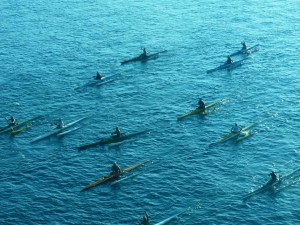
I am looking out to a sea that may well stretch interrupted by land for hundreds of miles. White caps are tossing, throwing up frothy confections that I know are several feet high. We barely feel it on our cruise ship, but I am trying to imagine life here in the days of the ancient Polynesians, when people crossed thousands of miles of open sea on what can only be described as oversized canoes. How did they decide where to go? By what miracle did they expect to find another sliver of land? And of course the question, why? Because it was out there somewhere? How did they know?
French Polynesia is made up of about 130 main islands totaling 1,500 square miles of land spread out over two million square miles of South Pacific Ocean. The ancient Polynesians, of course, were renowned seamen, and today’s Polynesians are no slouches, either, in the seafaring department: As our ship left its first port, we were accompanied out to sea by several outrigger canoes, powered by expert oarsmen. They seemed to have no trouble keeping up as they raced to catch our wake.
Today’s ocean liners could not be more different than those traditional vessels, but one thing remains the same: Whether by man-powered boat or 20th-century ship, the islands of French Polynesia — Tahiti, Bora Bora, and Moorea the best known among them — are best visited by water.
Indeed, a cruise around French Polynesia is all about water. That might sound obvious (“It’s a CRUISE, Sherlock!”), but in fact, cruising here is s a very different experience than, say, cruising from European capital to European capital. Every aspect of life in Polynesia in some way is tied into the sea: Even on land, Neptune is never far away, whether you’re exploring Papeete, the bustling capital of Tahiti, or poking around in sleepy enclaves where life wafts along at the pace of a sultry Polynesian trade wind.
Picking shore excursions carefully can give you a sense of life and tradition here, from sacred sites to scuba diving, botanical gardens to celebrity haunts, pearl farms to sailing excursions.
Touring Tahiti: Papeete’s City Market, Tahitian Black Pearls, and Paul Gauguin
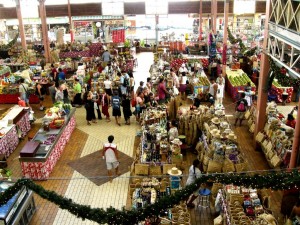
If your cruise begins and ends in French Polynesia, you’ll probably embark and disembark at Papeete. I found it well worthwhile to get there a day before the cruise departed. Jet lag is a real factor over this distance, and winter travelers can face delays: Several people on our Princess cruise missed the all-aboard at Papete and had to transport themselves, at their own expense, to the the next port of call.
Tahiti, of course, is the island associated with the art of Gauguin, and if you want to get a handle on how environment can influence art, you can visit the Gaugin Museum (which is included in some of the shore excursion itineraries). Although it doesn’t have many original paintings, its exhibits describe Gauguin’s life and work in Polynesia. Better yet, to understand his wild color juxtapositions, simply go to the local market in Papeete, which is filled with vegetables, fruits, seafood, and crafts. I took photos that brought Gauguin’s palette home with me.
By far my favorite stop in Papeete was the the Robert Wan Pearl Museum, located on the main drag along the seafront. It contains displays explaining more than 2000 years of pearl diving and cultivation, explaining how oysters turn bits of oceanic detritus into jewels. And it has Tahitian black pearls of all sizes and prices for sale.
Touring Bora Bora: Diving, History, and a Memorable Bloody Mary
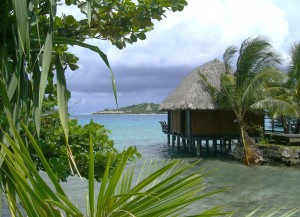
James Michener called Bora Bora the world’s most beautiful island, describing the atoll’s semi-circular palm-fringed coral reef as “absolute perfection.” I could find no reason to argue as our ship slid into the harbor. History buffs can visit the left-over American World War II cannons, which offers a sweeping view of the atoll. I have to admit to heading for what is perhap Bora Bora’s most popular tourist attraction, a bar called Bloody Mary’s, which has served its signature drink to scores of A-list actors, including, perhaps most famous, Marlon Brando.
As with all the islands, watersports are a big attraction here. My own preference is scuba diving, and Bora Bora’s offers some unusual underwater opportunities: Shark diving for me, and an underwater stroll for my non diving partner. Divers have a choice of several exciting dives. I saw lemon sharks, gray sharks, white tips, and black tips. A warning for the slightly scared: Chumming is often done to bring the sharks in closer, which can be a frightening experience for the unprepared or inexperienced divers.
If you’re not scuba-certified, you can still experience some of the undersea world with shark-encounter snorkel trips, a submarine tour, or by taking an undersea tour where you basically walk underwater with an old fashioned divers helmet that provides an air-line to the surface. With bits of baguette tied to his diving helmet to bring in the reef fish, my partner reported feeling a bit like a walking delicatessen.
This is also a good island to take a road trip for a day: Rental cars are conveniently available right at the cruise ship docks. If you want to stay close to the ship, the area near the port has a ton of pearl and souvenir shops.
Touring Moorea, Raitea, and Huahine
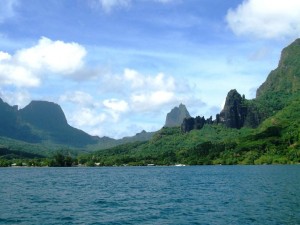
Each island has its own special character, with the total rounding out the experience of French Polynesia. Most offer opportunities to mix watersports and tours that highlights various elements of the seafaring cultures, but there’s a big range from the luxe proiperties of Moorea to the laid back vibe of Huahine. Some observations from some of the other ports many ships call at:
- As well known as Bora Bora and Tahiti, Moorea has become an equally popular vacationer’s paradise. Whereas Bora Bora’s dominant feature is its atoll, Moorea’s its its volcanic mountains, which seem to jut from sea to sky. Moorea’s seafront seems dotted by one resort of over-sea bungalows after another. Its waters are home to sleepy catamarans that offer sunset sails and all-day excursions; diving and snorkeling are also available. The botanical garden is a nice change of pace if you’ve had your fill of watersports.
- Raiatea is one of Polynesia’s best-kept secrets. What was immediately evident to me was that islanders maintained a traditional pace of life imbued with a respect for the old ways. Raiatea is home to some of French Polynesia’s most sacred sites, called Marae. These rock-walled compounds are traditional places of worship, and a cultural tour of the island will stop at several. Raiatea is also known for water sports; it is a yachting center, and offers fine snorkeling off the small sandy islands known as motus.
-
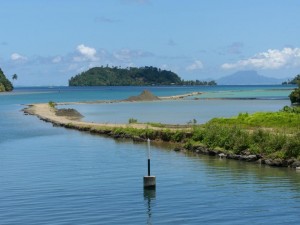
Fish farm in Huahine Famous for its many historic sacred sites, Huahine boasts the largest collection of marae in French Polynesia, making this island a good choice for a cultural tour. Sleepy Huahine is popular with independent adventure travelers, less so with luxury seekers – although its pearl farms, where Polynesia’s famous black pearls are pulled from the sea, and turned into stunning jewelry, offer fascinating tours of the pearl cultivation process
Practicalities
- Unless you happen to own a private yacht, there are basically three ways to island hop: There’s a good network of ferries, but they take time (sometimes a lot of time, depending on where you are going). Puddle (or, if you prefer, ocean) jumper flights are, of course, quicker But the truly luxurious option to take a cruise. The lines that call here vary from year to year: I traveled on Princess, but Celebrity, Silversea, Ocenia, Royal Caribbean, Holland America, Canrival, Seaborn, and Cunard, as well as the much smaller Paul Gauguin ship, have scheduled stops at Polynesia ports in 2012 and 2013.
- Air Tahiti Nui offers frequent special fares, sometimes less than $1000 roundtrip from Los Angeles.
- This is a long-haul destination, so budget as much time as possible: A ten-day cruise around the islands was enough to see quite a bit of variety.
- The ports or tender docks are all walking distance from small shops, towns, and things to poke around and explore: Even in Papeete, the ship is a short walk to town.
- These are not especially great family destinations: Cruises here tend to have fewer children aboard. Some of the beach activity shore excursions are kind suitable.
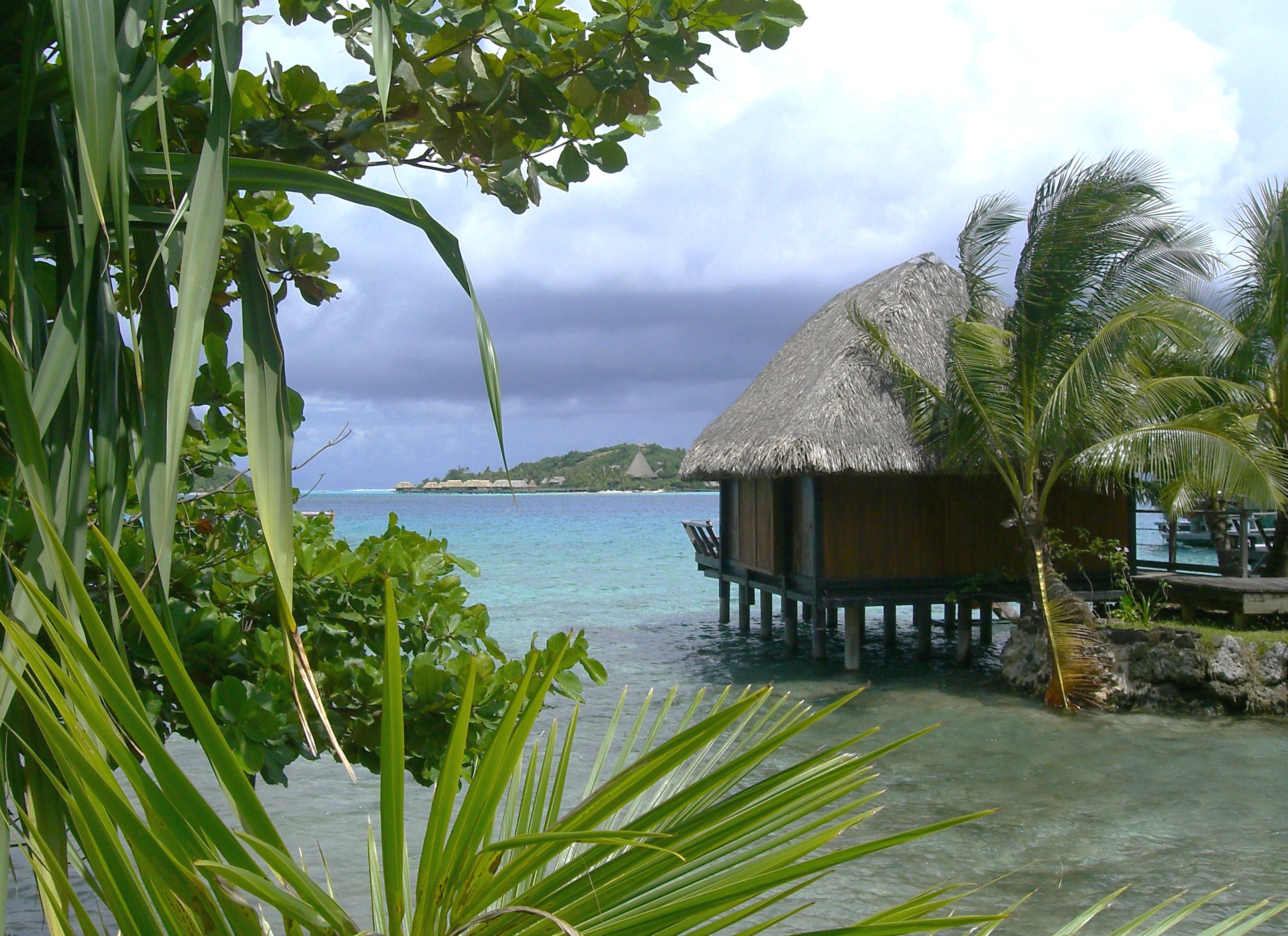
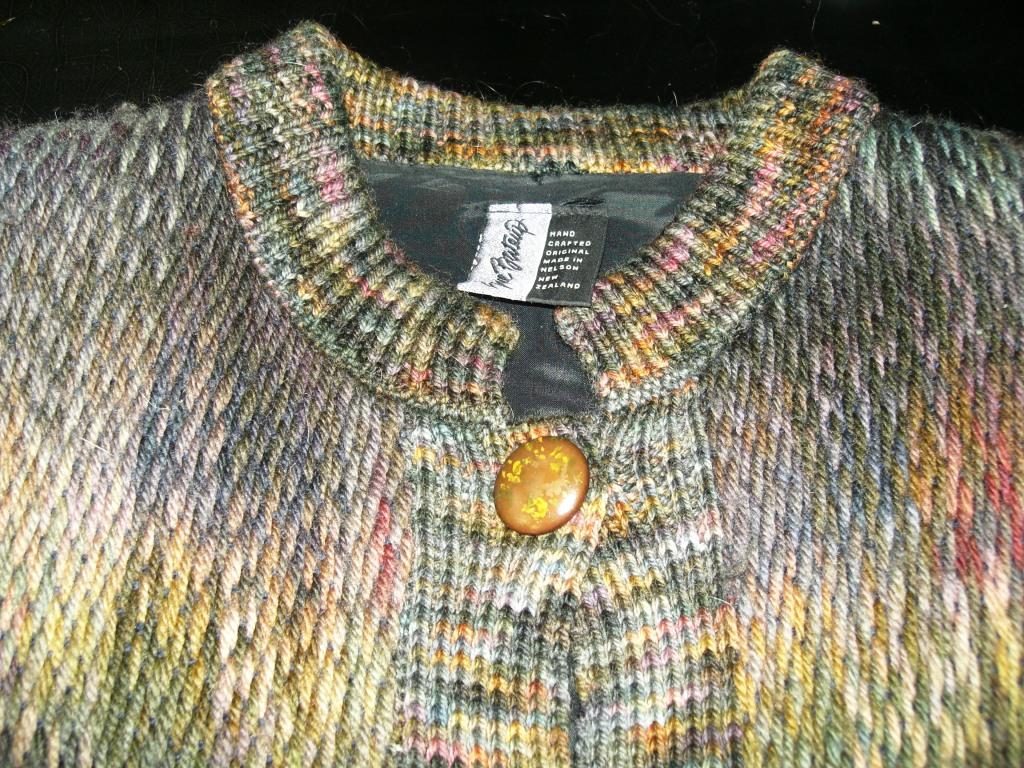
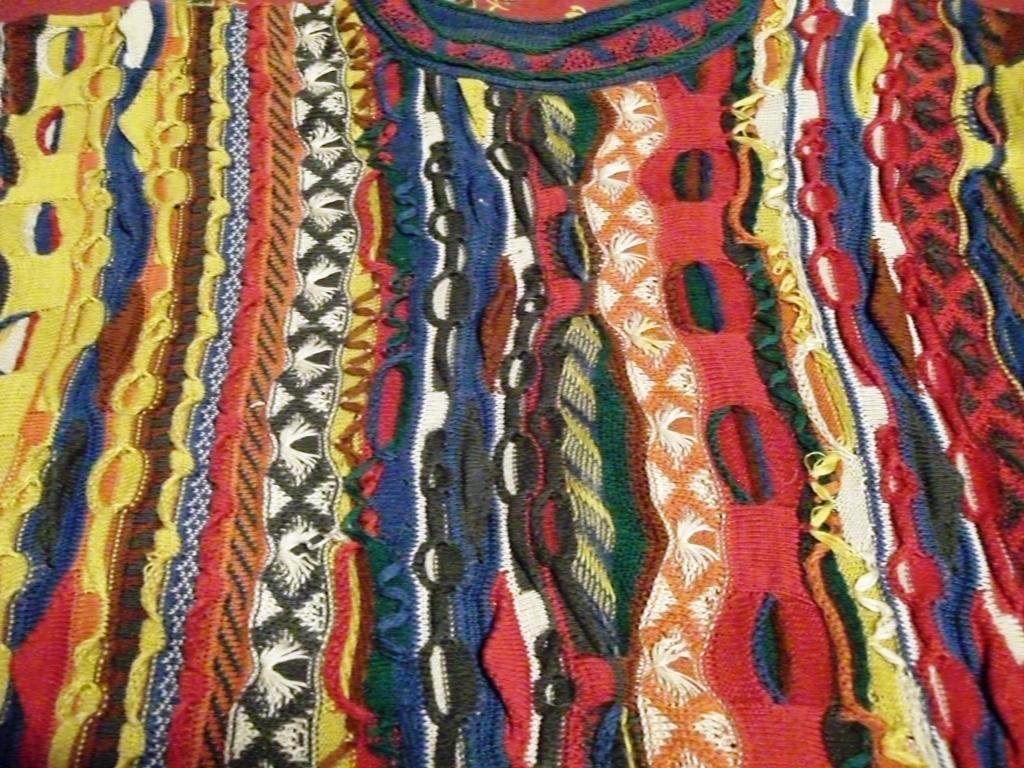
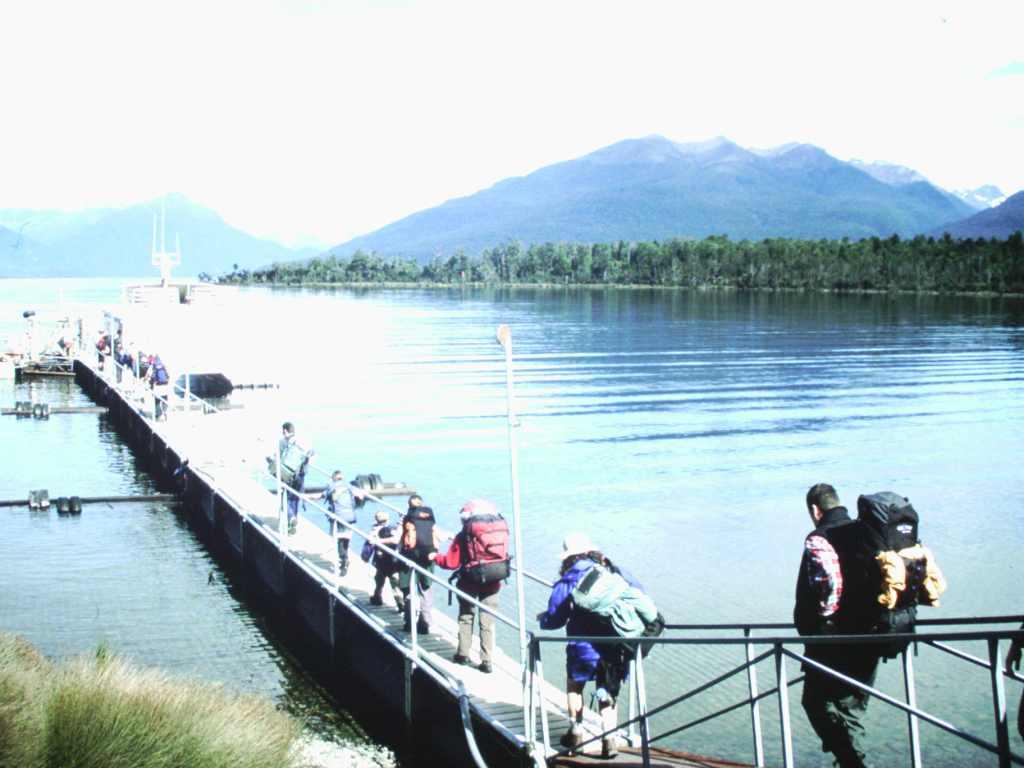
Someday, I will go to Tahiti. I’m a big fan of Gauguin and it looks so beautiful.
My husband and I went further afield. We spend three months island hopping in the Tuamotu Archipelago, sleeping on the decks of various copra ships. An experience like yours would have been a lot easier on my stomach, though. But living with locals on tiny atolls was worth the tossing and turning of the ships, and the smell of deisel exhaust mixed with the smell of drying coconuts. It may have been my favorite adventure — not knowing what to expect each day.